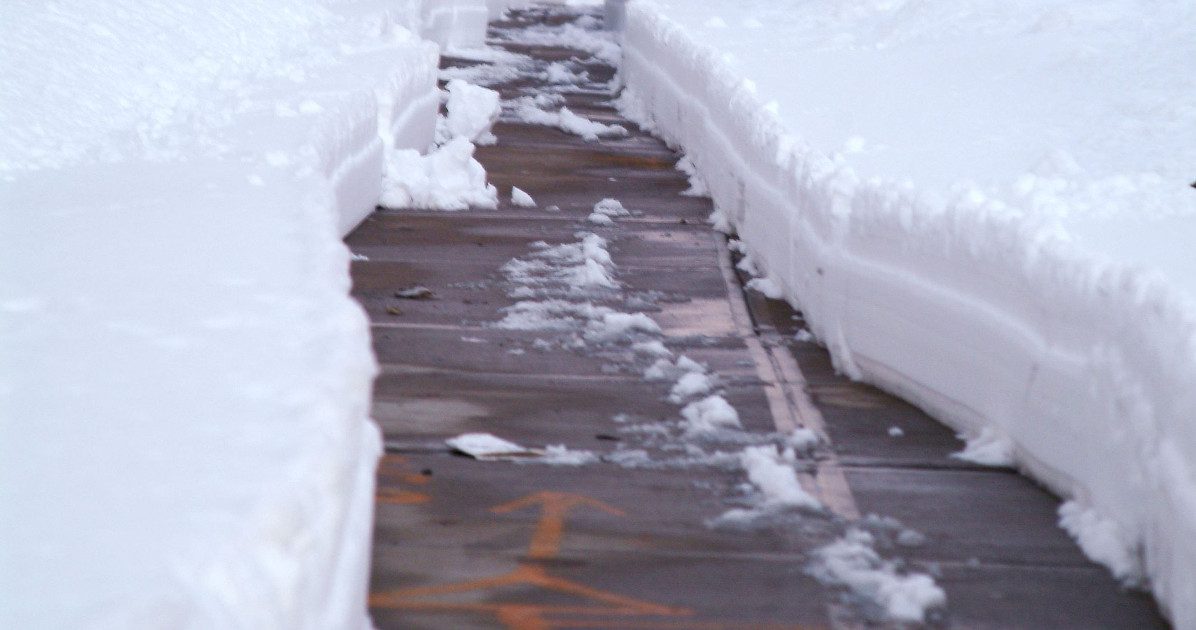
There are always hazards lurking in the areas that rarely receive much thought.
Often, the preoccupation with workplace safety revolves around the ‘big’ accidents. Yet, we fail to see the simplest hazards right in front of us. Sometimes, the greatest challenge in occupational safety is not preventing and preparing for disaster, but rather the process of eliminating seemingly insignificant hazards that can be found in all work environments. So, here are a few tips for improving safety in your workplace!
Batteries
Yes, batteries can be a hazard. Workplaces in every occupation use batteries in some capacity. That clock hanging in the break-room? It uses batteries. What about that calculator on the desk? It uses batteries too. Every hand-held electronic device uses batteries. There are thousands of different battery powered tools and hand-held devices across every occupation.
So, what can go wrong with batteries?
There are many different kinds of batteries. Alkaline batteries, for instance, are found in many simple electronic devices. They are for ‘general use’, and are very common. Yet, these batteries can pose a significant safety risk. For example, alkaline batteries can explode if kept in high temperatures. They also contain battery acid that is toxic. Should the battery leak acid, or be ingested, someone could come in contact with the acid. Contact with battery acid can cause chemical burns. It can be fatal if ingested.
Ultimately, the storage and disposal of batteries is crucial to the safe application and use of batteries. Batteries should never be stored in areas of extreme heat. Additionally, removing batteries from devices not in use is also recommended. There are local businesses that collect and recycle batteries. Consider bringing used batteries to be recycled, and dispose of them safely.
Water Leaks
Obviously, large-scale leaks are an issue that needs to be addressed immediately. But what about that small ‘drip, drip’ coming from that pipe in the garage? That’s not a big deal right? Wrong. Though the water accumulation may not be substantial, and the garage floor is perfect for wicking off moisture, that small leak can still be a workplace health hazard
Harmful molds can grow anywhere there is sufficient moisture and warmth. It does not need sunlight to grow. If there is a small leak in your workplace, that supplies even the tiniest amount of moisture, then over time that moisture can facilitate mold growth. Mold can trigger allergies in workers; making the workday miserable for those that are susceptible to mold spores.
Checking crawl spaces, pipes, closets, and other dimly lit and hard to reach places is key. Make sure there are no areas where moisture accumulation is occurring. If you come across small leaks, or even areas of condensation, fix the leaks or devise a plan to collect the moisture condensing on pipes, walls, etc. Identifying locations of moisture accumulation is crucial to preventing mold growth. Don’t let leaks go unrepaired. Even the smallest ones.
Ice and Snow
Slips, trips, and falls account for a large percentage of workplace injuries. With winter looming, it is important to take the extra time and make the effort to clear walkways of ice. Ice is a serious slip hazard. In fact, in 2014 there were over 40,000 workplace injuries that involved ice, sleet, or snow.
Clearly, snow removal is almost a daily chore for those in snow-heavy states. Yet, tens of thousands of injuries still occur every year. Companies need to make sure that walkways, entrances, and other high-traffic areas are clear of ice and snow. This includes the interior of entrances; be sure these areas are dry and not collecting water from tracked-in snow. Use additional mats and towels, if need be, to help collect water inside entrances.
Using salt to melt sidewalks and patios is an efficient way to melt ice. However, be sure to identify areas where ice accumulates more intensely. For example, during the day the warm sun can melt some snow on the rooftop. This snow subsequently drips below onto the cool, shaded sidewalk and becomes very slick ice. Knowing areas where ice accumulates, even when salt was placed earlier in the day, is important. Make sure ice is being removed throughout the day. Not only in the morning.
Hopefully your workplace is carrying out routine hazard checks that address the general issues as well as the issues specific to the job-type. Often, it is the simplest things that are overlooked. Do your best to prevent disaster, but also do your best to identify the simple hazards. Don’t overlook them!
Who are we?
Cousign offers a wide variety of safety scoreboard signs to help increase safety awareness in your company. Our signs are all fully customizable with your company logo and text. With the ability to add any number of numeric displays, traffic light indicators and scrolling message displays you’re sure to get a sign that really gets attention. If you know the details of the sign you are looking for take our product finder and quote tool for a spin to help you locate right sign, or browse our catalog to see some of the great options available.




